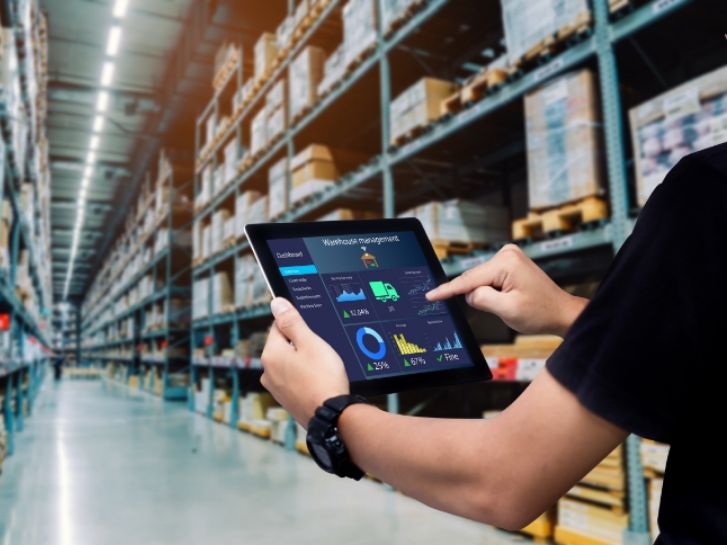There’s no doubt that the logistics industry has been through the wringer in the last few years. Global supply chains are still feeling the squeeze. In this post-COVID world, what can we do to alleviate the pressure on supply chains? This article outlines current global supply chain trends and how we can deal with them.
Logistics impediments
The logistics industry is still feeling the repercussions of COVID-19. Key markets such as North America, Europe, South East Asia, and India have restricted access to consumer goods due to congestion and shutdowns of main global ports and airports, such as those in China, South Korea, and the US. These crucial blockages, in turn, influence global supply chains to the extent that goods are overcrowded in storage, and ships may be diverted from ports or delayed as they arrive at large transit hubs, resulting in disrupted global trade flows. This makes it difficult for businesses to import products and restock their inventory. Some effects of these impediments include higher prices, and longer waits for new stock, especially if it comes from overseas. Industry leaders advise businesses to look local for their material supplies and avoid regional or international supply chains.
Workforce shortages
Uncertainty is the name of the game when it comes to living in a post-COVID-19 world, and this has been reflected in the changing labour market, with shortages in available personnel. More white and blue-collar workers are needed with higher skill sets. While COVID-19 turned the world upside down across many industries due to shortages in labour, there are things you can do as a business owner to reduce the impact on your company and its operations. Technology is a part of this picture, influencing how global supply chains work. Increased consumer demand necessitates faster supply chain evolution. This means that they are becoming more intricate. The differentiation between blue-collar and white-collar work is blurring together. Technology still needs humans to operate it in many cases, so there is a demand for physical and technological skills to support this transformation.
Production lags
COVID-19 saw frequent production delays. As there were only so many vital commodities and logistics capabilities, some manufacturers lost out, leading to empty shelves and long wait times for purchases. But by necessity, companies are now reconsidering their supply chains. Evaluation and evolution are important words in this new logistics landscape left by the pandemic. Supply chain strategies are now under scrutiny, with the hope that better ideas can come to the fore and be established with new and innovative practices. Keeping large amounts of inventory at the lowest purchase price is no longer sustainable. Risk now emerges as a first consideration when planning supply chains. The complete disruption that COVID-19 caused to supply chains is driving industries to finally address long-term supply issues.
What can we do about these trends?
As a business owner, you can’t control when a pandemic hits. Some things are within your control, and some things aren’t. But you can make your business as resilient as possible by using logistics training to retain and attract staff members and manage risk. You can bring awareness to the five jeopardy areas. You can increase KPIs and recruit more staff. It is a win-win situation when you invest in training your employees. It’s good for everyone.
At National Logistics Institute, the logistics arm of National Food Institute, we offer the latest training solutions for companies that need support with logistics training. Contact us for more information.

